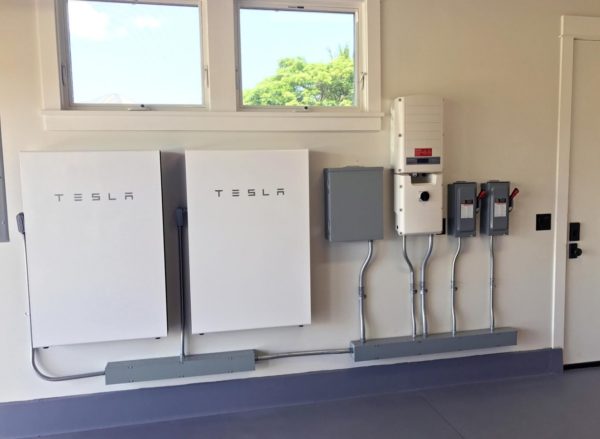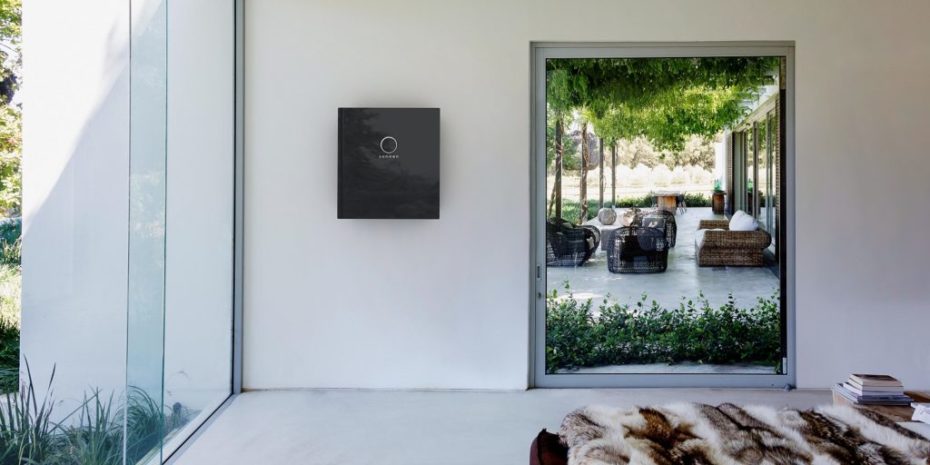Berkeley Lab’s Behind-the-Meter Solar+Storage: Market Data and Trends report said that through year-end 2020, roughly 550 MW of storage has been paired with solar in behind-the-meter (BTM) applications, mostly in the residential sector, and the “vast majority” in California.
The report said that roughly 6% of all U.S. residential PV systems installed in 2020 and 2% of non-residential PV systems included storage, though much higher rates have been realized within individual states and utility service territories.
Hawaii had “by far” the highest storage attachment rate of any state, the report said, at 80% residential and 40% non-residential. It credited the rate to net metering reforms that incentivize self consumption. California was second with attachment rates of 8% for residential and 2% for non-residential. Deployment there was largely driven by incentives and wildfire resilience issues.
In select pockets, attachment rates were 10-20%, including in areas served by Arizona’s Salt River Project and Washington State’s Puget Sound Energy.
(Read “Tesla Powerwalls in California join the movement to create virtual power plants.”)

Image: Sunrun/Tesla
Among paired residential systems installed in 2020, most used a single 5 kW battery with either 9.3 kWh (LG Chem RESU 10H) or 13.5 kWh (Tesla Powerwall) of storage capacity. The report said that the portion of systems installed with multiple batteries has been steadily growing (40% in 2020). Most residential systems have the ability to store 30-80% of average daily PV generation, depending on the relative size of the PV and storage components.
Roughly 50% of all residential PV installers and 17% of all non-residential installers have completed at least one paired system, although the residential and non-residential markets are both “highly concentrated” among a small number of firms. Even among relatively large PV installers, the depth of experience with paired systems varies considerably, the report said.
Comparing median installed prices for PV systems with and without storage suggests a storage premium of about $1.2/W-PV for residential and small non-residential systems in 2020, and about half that amount for larger non-residential systems. Depending on the data source used, the report said that the cost of adding storage to PV ranges from roughly $700-1,300/kWh of storage capacity.
Based on a pro-forma financial analysis, adding storage to residential PV yields a present-value benefit to the host customer of roughly $500-$1,000/kWh of storage capacity, across several key markets. Adding storage to non-residential PV yields a customer benefit of $1,200-$2,000/kWh, the report said.
Simulations of residential PV+storage systems operated for backup power purposes suggest that a typically sized system with 7 kW PV and 10 kWh of storage would be able to maintain, on average, 60-80% of a customer’s average daily load over the course of a year, depending on the region.
This content is protected by copyright and may not be reused. If you want to cooperate with us and would like to reuse some of our content, please contact: editors@pv-magazine.com.









By submitting this form you agree to pv magazine using your data for the purposes of publishing your comment.
Your personal data will only be disclosed or otherwise transmitted to third parties for the purposes of spam filtering or if this is necessary for technical maintenance of the website. Any other transfer to third parties will not take place unless this is justified on the basis of applicable data protection regulations or if pv magazine is legally obliged to do so.
You may revoke this consent at any time with effect for the future, in which case your personal data will be deleted immediately. Otherwise, your data will be deleted if pv magazine has processed your request or the purpose of data storage is fulfilled.
Further information on data privacy can be found in our Data Protection Policy.